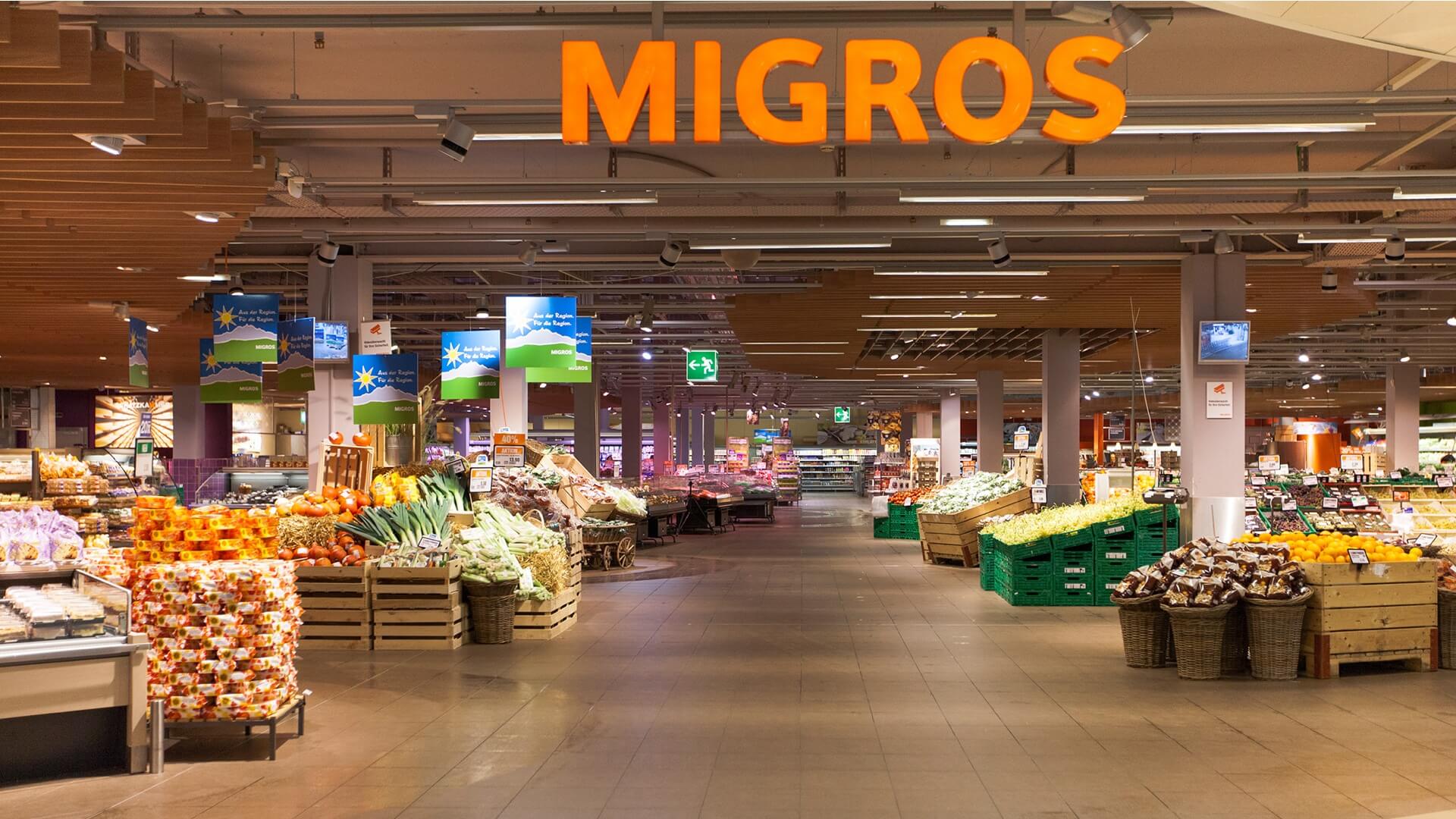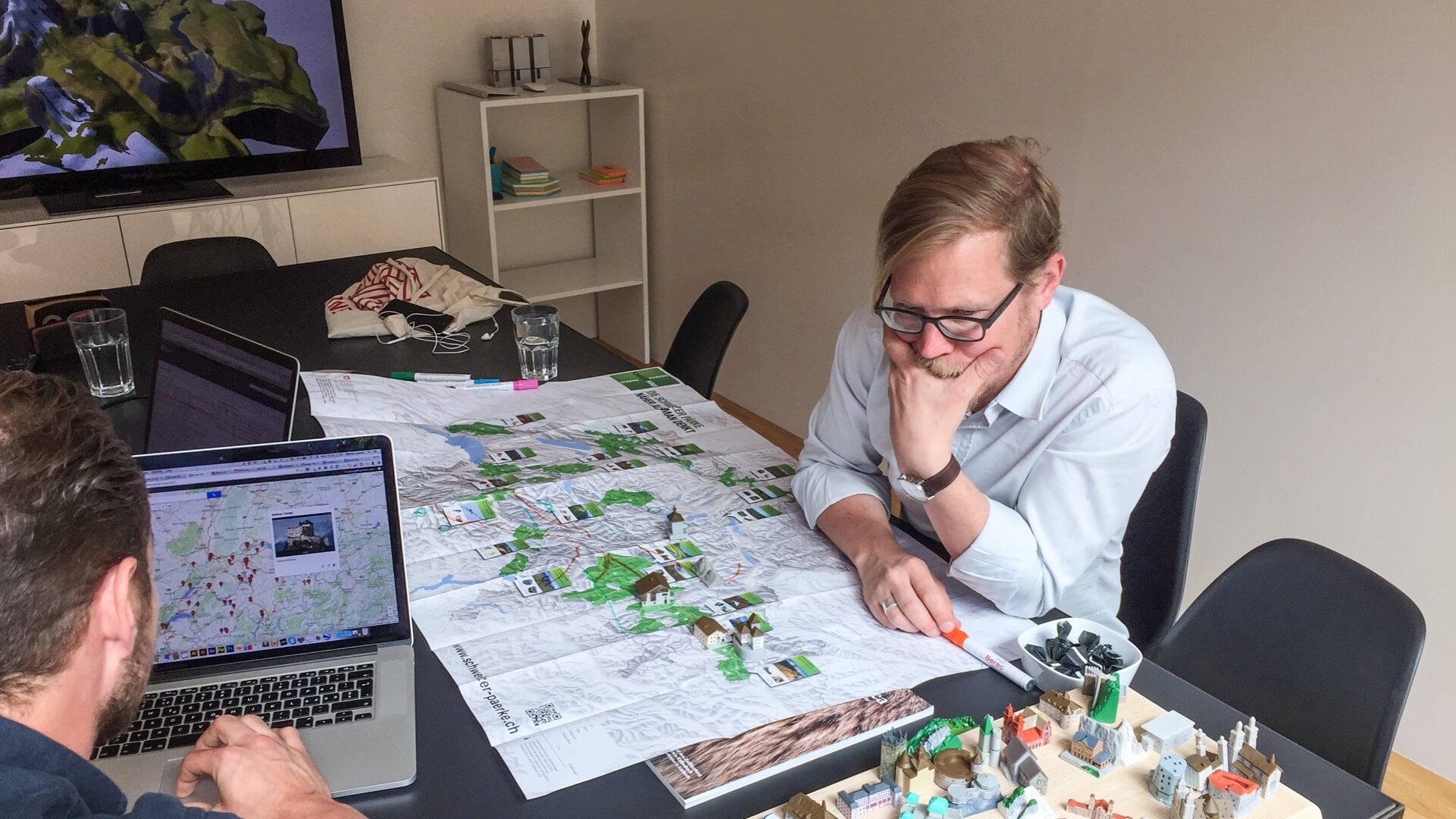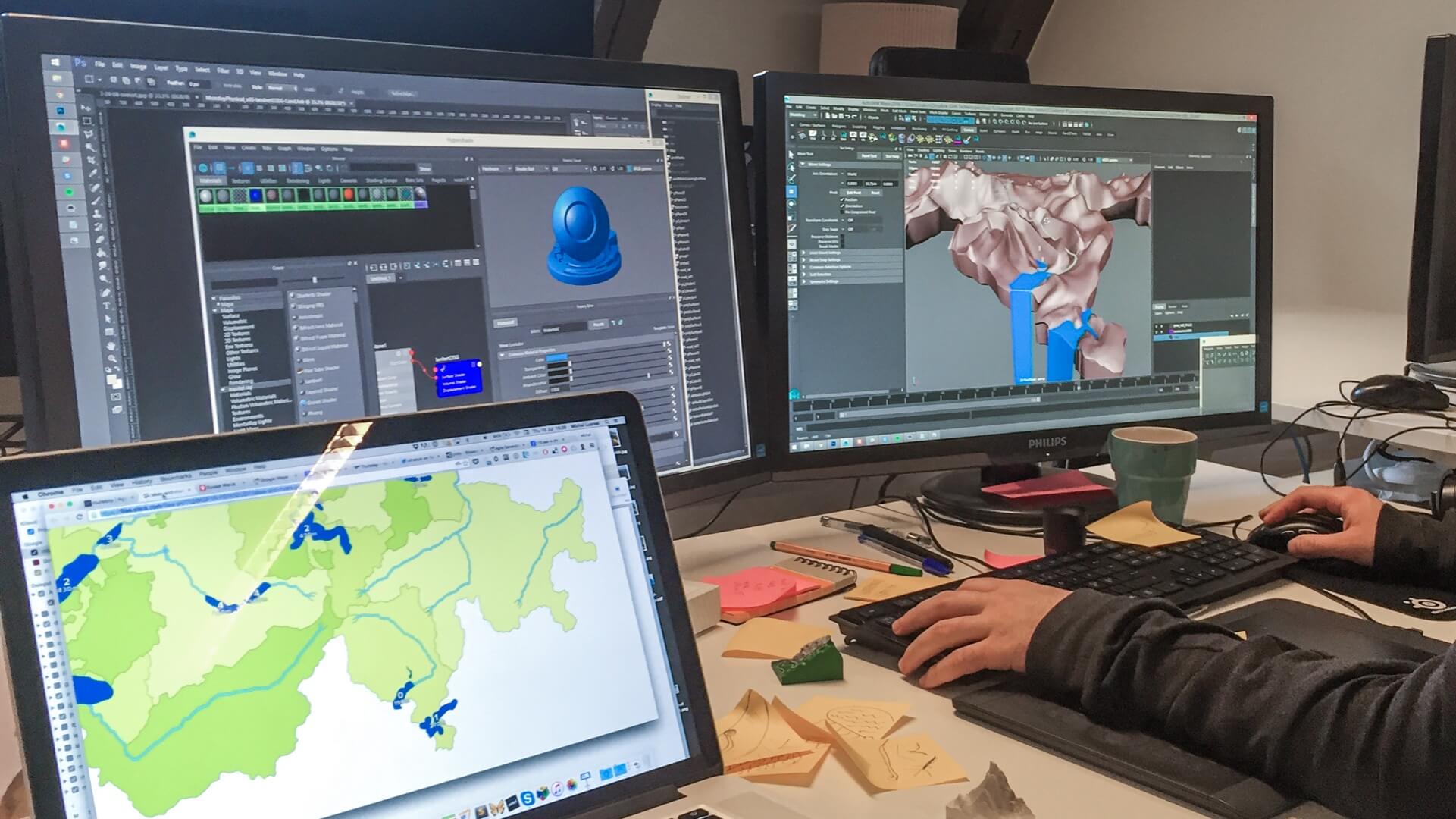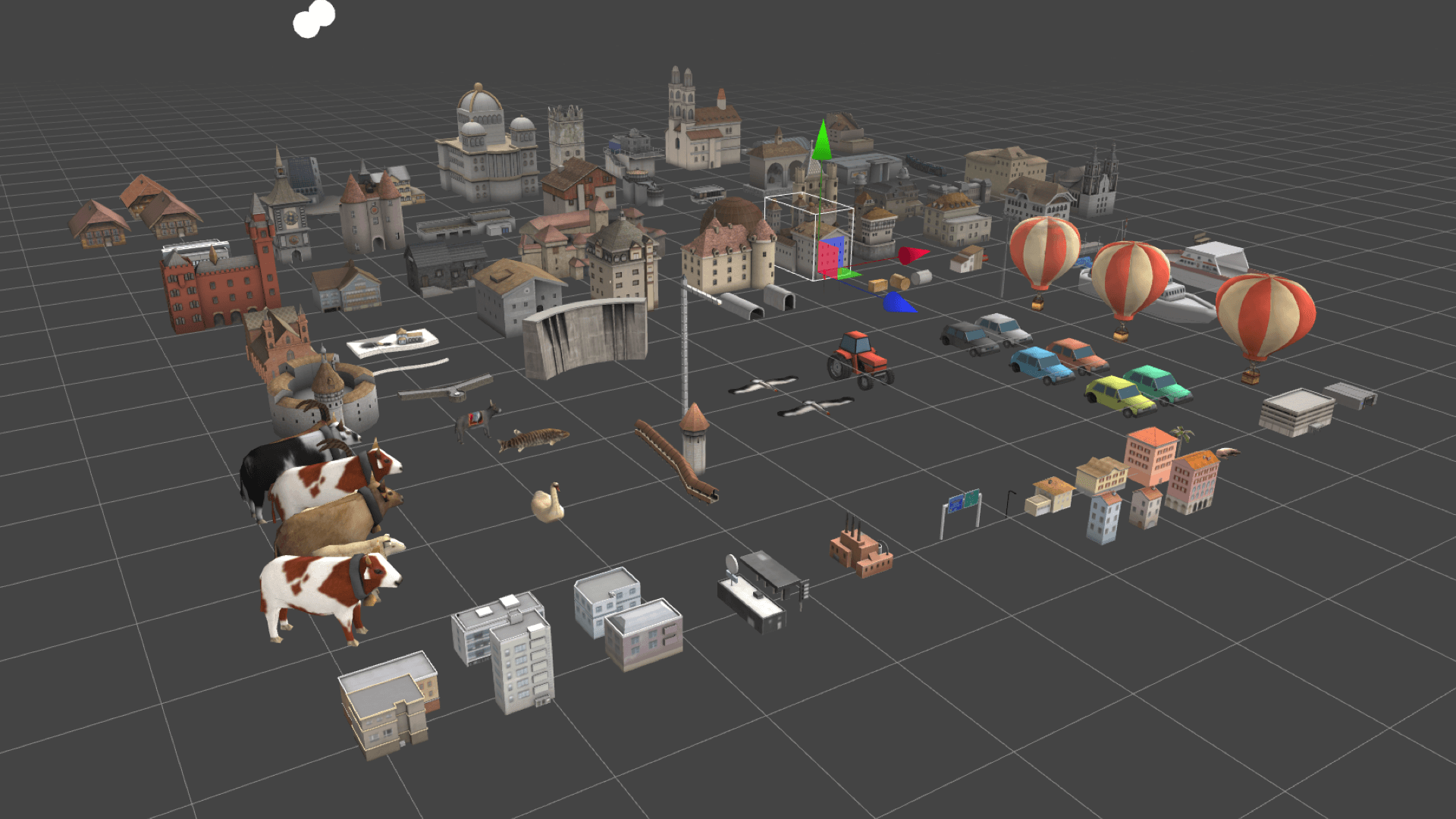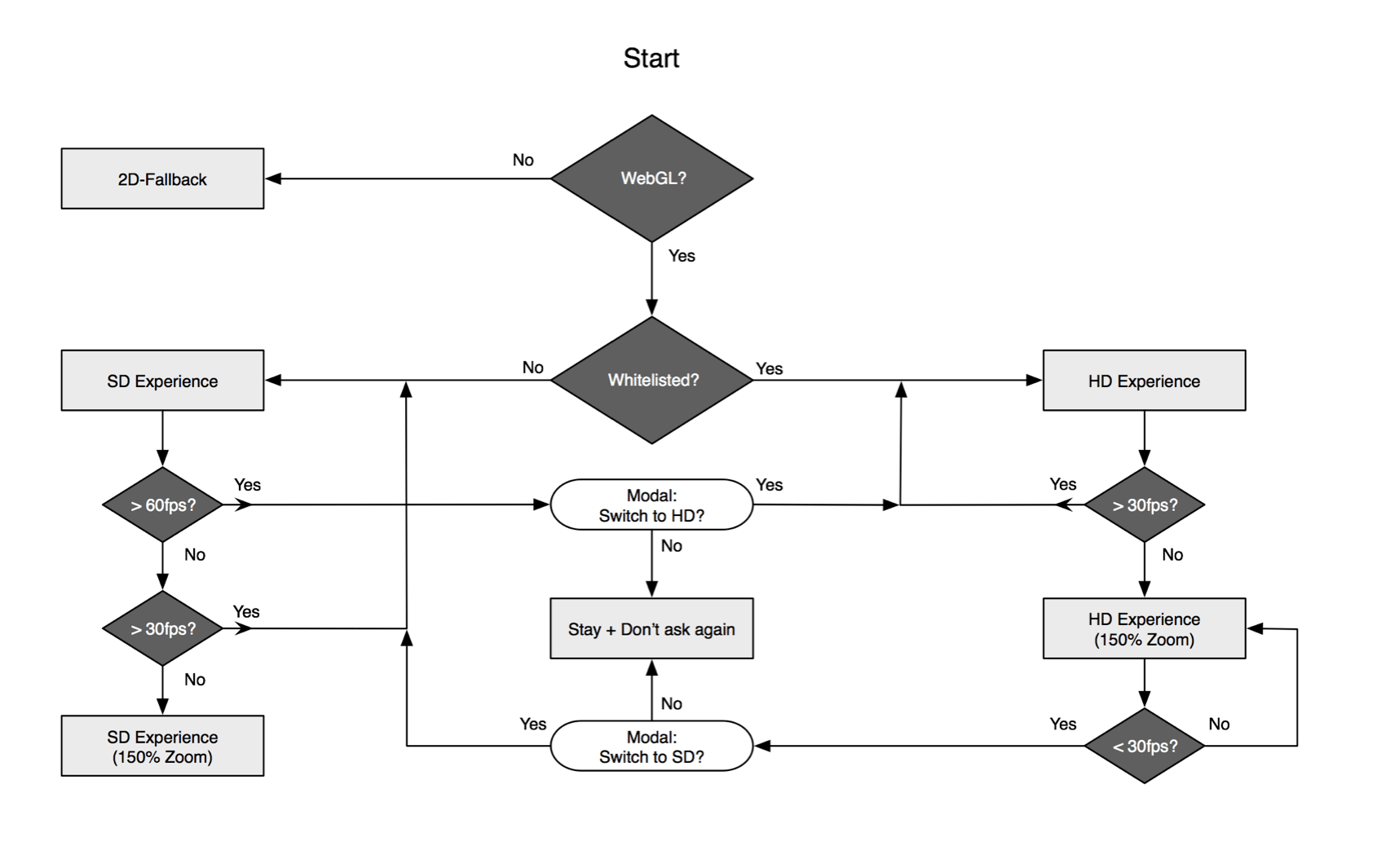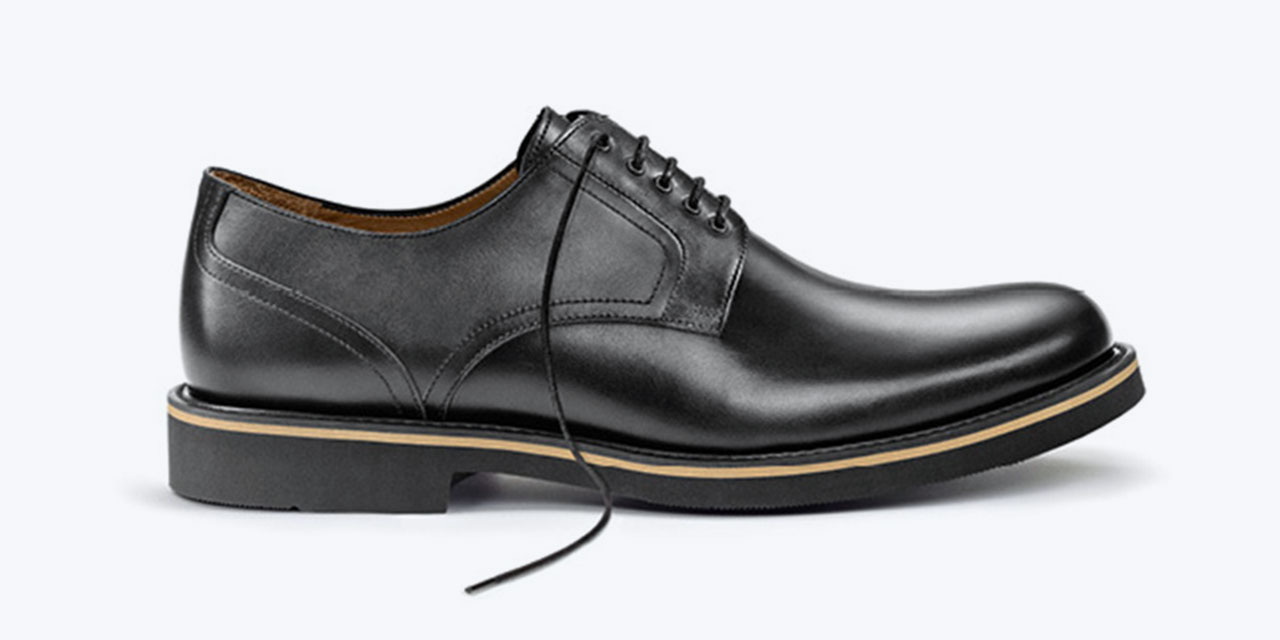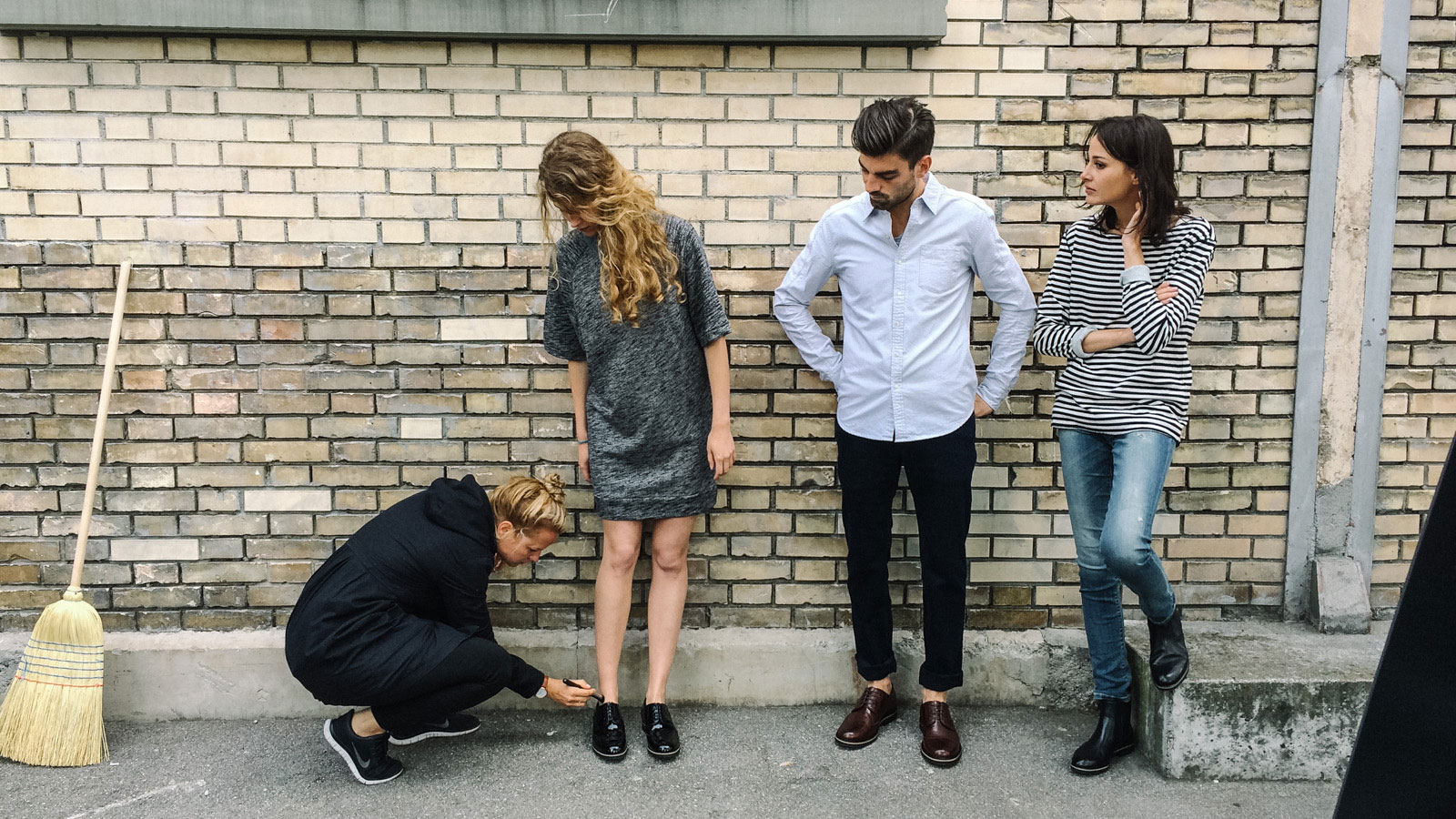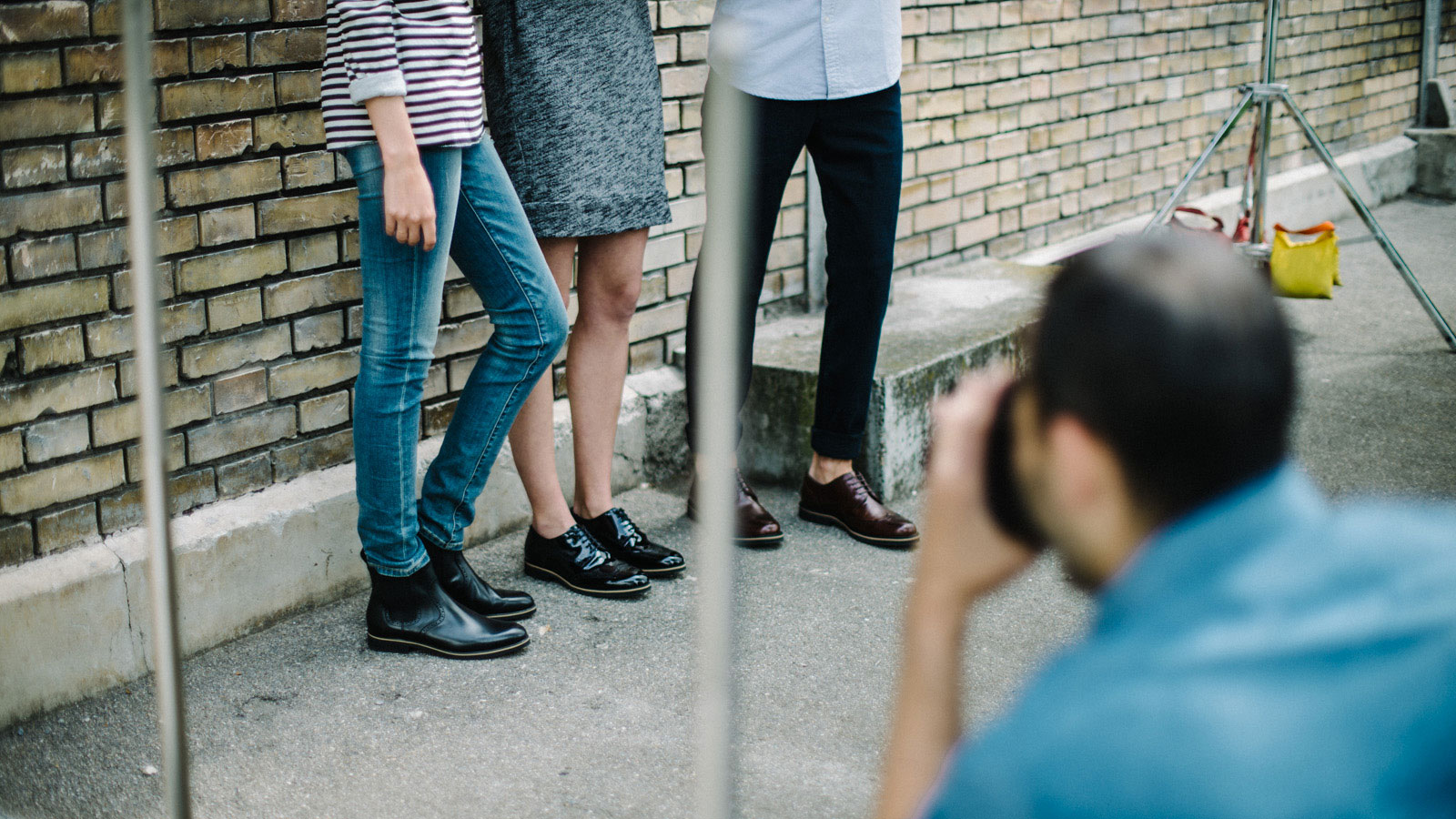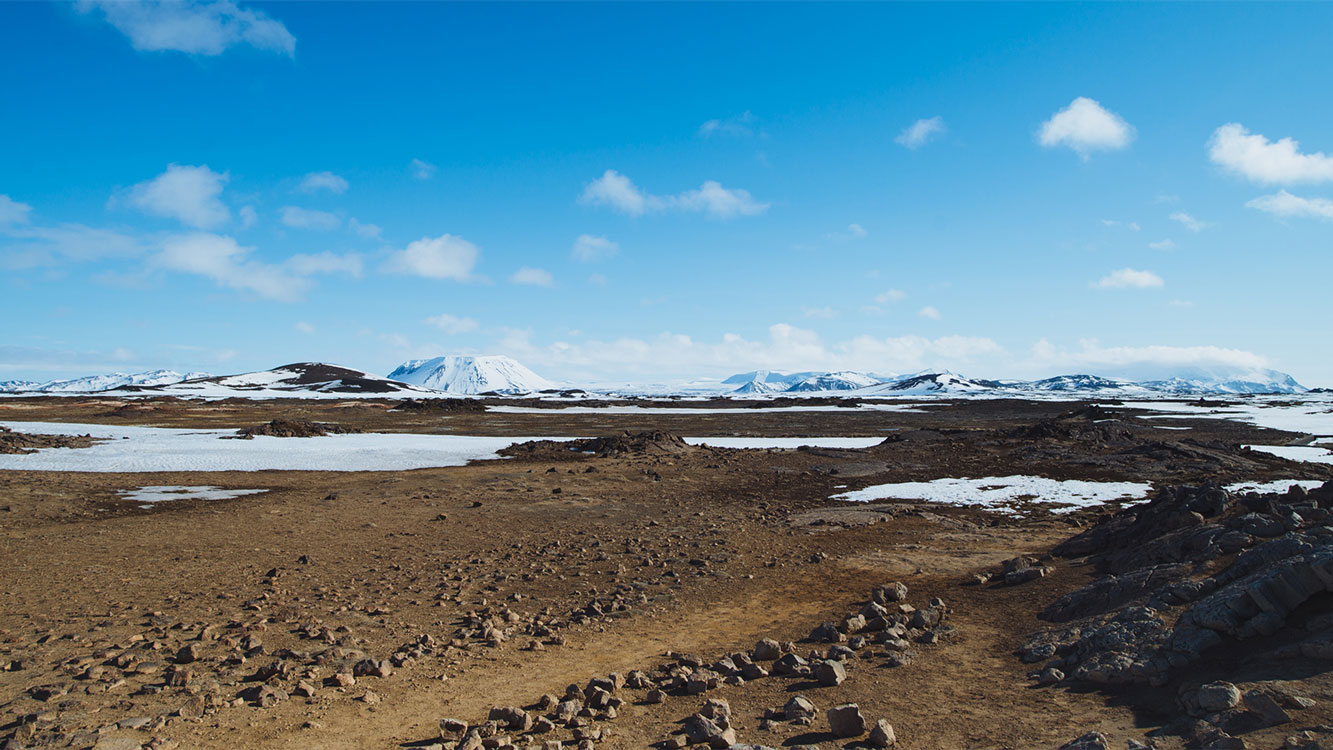Japan is a world apart. Because of that, it was always on the very top of my wish list. It’s a cultural island where a unique civilisation blossomed in isolation, and where now a fascinating contrast of tradition and modernity consists. After some failed attempts I finally had the chance to visit the country of the rising sun.
I landed at Narita Airport and hopped on the Keisei Skyliner wich took me into the heart of Tokyo. During the train ride my shoulder was used as a pillow by a snoozing women – What a great start!
After depositing my luggage in the hotel I headed to the Coin Bar in Shibuya to meet my holiday mates Jonas, Raphael and Marco. They visited the country several times before, wich was great to get around and digg deeper into Tokyo.
Tokyo
Just mention it and images rush fast and furious in my mind: Neon-lit streetscapes, perfect timing of the subway, millions of commuters swarming like ants, the precision of a sushi chef… The world’s largest metropolis has definitely left some unique impressions on me.




«Tokyo is like a huge pinball machine.»
— Caspar Noé





Vending Machines
They never come alone here. Although that I’ve heard about the large number of machines and weirdness of contents, I got used to them pretty fast.
Subway
The most convinient way to get around in Tokyo is with the highly developed public transportation. Get an IC Card and you’re ready to go – Just try to avoid rush hours.


Shibuya
Tokyo’s most busy districts. Swarms of people rush here through every day. We stayed at a hotel wich was just a short walk away from the famous Shibuya Crossing, in a yet surprisingly quiet neighbourhood.


Halloween
It was a happy coincidence, that it just happened to be the craziest event in Tokyo: Halloween. Years ago I experienced it once in California, but that is like comparing apples and oranges. It starts on Thursday and it builds up to Saturday where millions of people go nuts in Shibuya. We also got infected and dressed up as the Droogies from A Clockwork Orange. Check this YouTube-Video to get a glimpse of that night.

Air Club
After parading through the streets we went to an underground electronic club in southern Shibuya.


Akihabara
A city within a city. The crowded, loud and bright epicentre of entertainment, anime and video games. If you are into gaming, this is your heaven. Just visit Super Poteto or Mandarake, both are giant multi-floor buildings stacked with retro games and arcades. But its also nice to randomly step in to smaller, a bit more hidden stores. I promise it’s going to be exciting, but you’ll also stumble upon some really disturbing stuff wich will paralyse you for some moments.


Arcade Games
The rather small Taito Hey is famous for having the best collection of rare and historical arcades.


Shinkansen
For the last two days, I wanted to spontaneously visit Kyoto. The best way to get there is by bullet train and with 500km in just two hours also the fastest. When i first saw the Shinkansen it felt like a endlessly private jet without wings, but what impressed me the most was not the aerodynamic design or top speed, but how tight the schedule was. During rush hours, a train is hitting the road every 10 minutes and I had to be careful not to pick the wrong one. During the ride I started to realise how huge Tokyo really is, even at 300km/h it took forever to get outsite the city.
The Pilot
This job is a childs dream and being a bullet train driver indicates also a very high status in Japan.



Kyoto
Considering that I’ve been in the largest megacity in the world for two weeks, Kyoto was a pleasant contrast for the completion of my journey. History and tradition rather than futurism and modernity. The city was compact, clear and one can easily move around by bus or even by foot. Since I only spent one night there I had to try one of the Capsule Hotels. I stayed at the very well located Rumor Plaza inside the Gion district. Kyoto is incredibly charming and the people are much more communicative and cheerful as in Tokyo.

Gion District
Gion is a geisha district with lots of traditional buildings, cute stores and fine restaurants. You can really feel Japan and it’s unique culture when you stroll through these alleys.




Temples
There are thousands of shrines and buddhist temples in Kyoto, hard to catch all of them in two days, or even get an idea where to start. Fortunatly, I met the lovely Sara a few days before in Tokyo. She lived there since seven years and is a big fan of Kyoto. She encouraged me to visit the former capital, and thanks to her I could put together a Foursquare-List of must-see places. I couldn’t get enough how these breathtaking landscapes merged with amazing architecture. In Japanese architecture, nature plays an important role, not only in temples, but in every traditional home.

KINKAKU-JI (金閣寺)
At first, the sky over the golden temple was covered by clouds. After a short while, they dissolved and the whole scenery started to transform beautifully with the help of some sunlight.



Zen Garden
What I liked the most is probably the garden of Ōbai-in (黄梅院), wich is open for only a few weeks in November. It is part of the larger Daitoku-ji (大徳寺) complex in northern Kyoto. I stayed there for hours, just watching the garden breathe and the dry landscape freeze – A very relaxing and refuelling experience.



Location
Tokyo, Kyoto
Camera
All photos and videos are taken with an iPhone 6S
